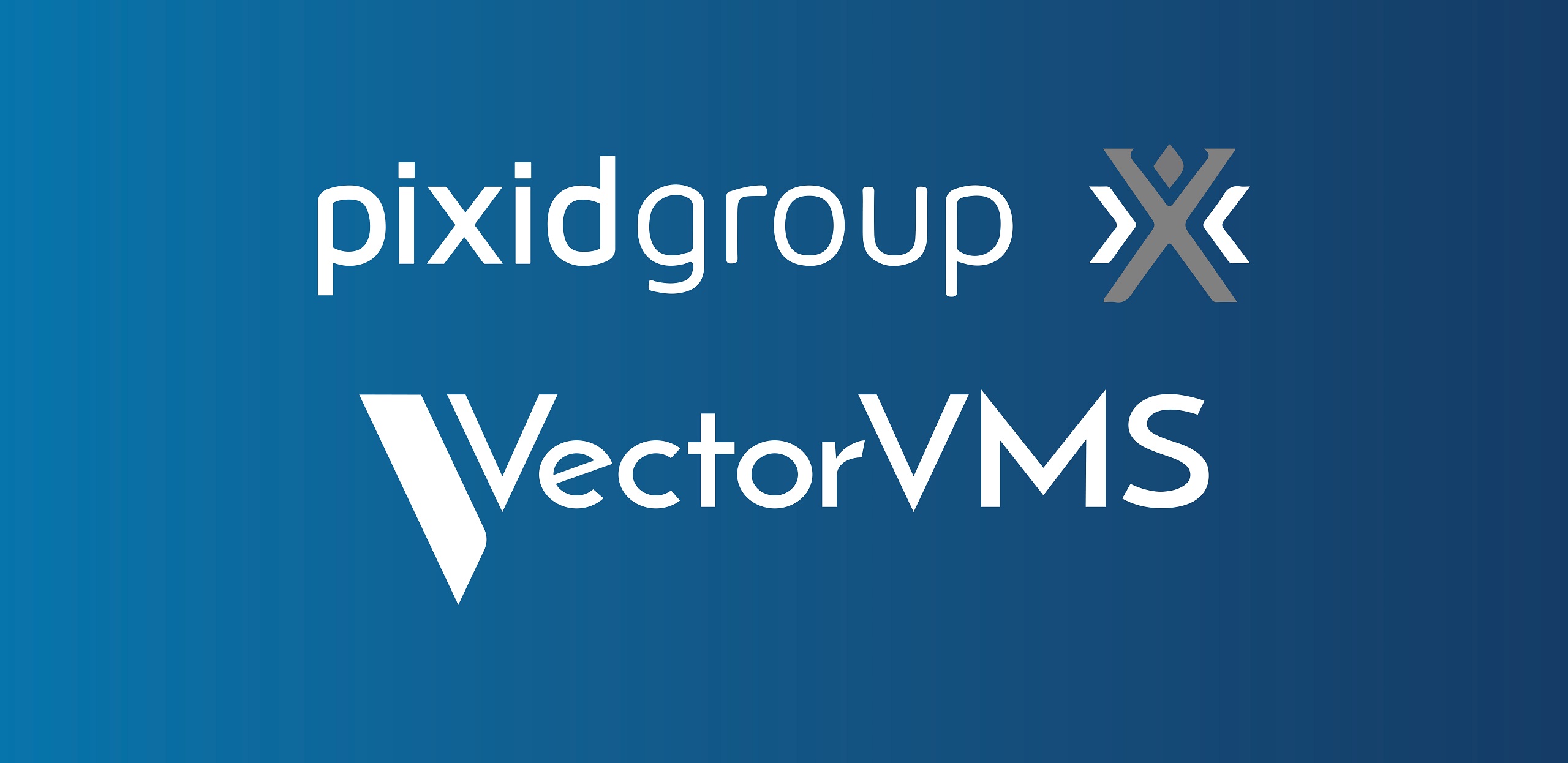You’ve probably noticed that conversations around mental health have gained relevance and are becoming a priority topic to address in the workplace. The subject of workplace mental health doesn’t come out of nowhere. One of the rising concerns within organizations is how work impacts employees’ mental health and what the consequences of poor mental health are for both companies and individuals.
Cases of mental illness such as stress, burnout, anxiety, or depression are on the rise, especially in the last three years, as mentioned by the Harvard Business Review. The high percentage of workers suffering from mental health issues is cause for great concern across the globe, with statistics to back up the worries.
According to the American Institute of Stress, 83% of US employees presented symptoms related to work stress in 2021. Europe is in a similar state, although stress levels are not as high as the US. The Headspace for Work program asked thousands of employees globally in 2021 about how they felt at work. American workers topped the list as the most stressed at 61%, followed by Germany at 55%, Australia at 53%, and the UK at 52%.
Why Are Work-Related Mental Health Issues On the Rise?
There are plenty of leading causes of mental health issues—some might not be related to work at all. However, certain work conditions could jeopardize how a person might feel mentally. The World Health Organization has identified the following factors as possible work-related stress triggers:
- Lack of support from colleagues or supervisors
- Lack of recognition and motivation
- Poor work-life balance
- Emotionally draining work
- Job insecurity
- Little control over work processes
- Poor organization
It’s interesting to note that many of these triggers relate to how systems and processes are designed in the workplace. It might seem unrelated at first, but the lack of tools and streamlined processes could lead to workers doing manual tasks that eventually decrease their motivation or simply require overtime to complete.
Although most of the available research centers on full-time employees, it’s also worth highlighting that the contingent workforce faces the same (if not more!) mental health challenges. The instability and lack of visibility that sometimes comes with non-permanent work can generate stress or anxiety. Companies must take this into account when considering contingent workers as part of their labor pool.
LEARN MORE | ‘Managing Independent Contractors: Tracking, Classification, and Compliance’
How Does Poor Mental Health Affect Companies?
Mental health conditions such as burnout, anxiety, or stress in the workforce could lead to a considerable decrease in efficiency, personnel, and profit. Not addressing these issues swiftly could have the following consequences for companies:
- Financial loss: Workers with mental distress cost employers around $15,000 per person a year, according to a report from the University of Chicago.
- High turnover rates: 50% of full-time US workers have left their jobs partly due to mental health reasons, as uncovered by a Mental Health at Work report from Mind Share Partners.
- Lost productivity: The same report reveals that workers have lost 28% of their work capability due to mental health illnesses.
- Increased absenteeism: Mind Share reports that, on average, its survey respondents took at least eight days off per year to take care of their mental health.
Unsurprisingly, research indicates that the number of people suffering from poor mental health has accelerated since 2020, the first year of the COVID-19 pandemic. These worrying numbers will likely continue to rise if companies don’t start investing in solutions to prevent mental health problems in the workplace.
Companies Need to Start Cultivating Healthier Work Practices
More and more employees are now talking confidently about mental health, both among their peers as well as their superiors. At the same time, the pandemic has made HR teams focus their efforts on how to improve the mental health and well-being of employees. Mental illness is slowly becoming less of a taboo and more of a talked-about topic between peers.
The rising awareness has contributed to a modest increase in investment to solve the issue, with positive results for companies. Mind Share’s report states that employees who felt supported by their companies in terms of mental health admitted that they:
- Were less likely to have long-lasting stress symptoms
- Felt more comfortable talking about their illnesses at work
- Trusted the company enough to stay longer or return for new projects
How a VMS Can Reduce Mental Health Issues in the Workplace
Solutions for these worrying trends don’t always require drastic measures. When taking a step back and approaching employees to hear about their struggles, actionable ideas will come up, such as adding mental health days and resources to your employees’ benefits or identifying problems that can be solved with technology.
Implementing software that automates and improves processes for your team will, without a doubt, help erase common stress triggers at work. Here’s how a vendor management system (VMS) can improve the work-life of both internal and contingent workers:
How VMS Tech Can Help Internal Teams
1) More sustainable ways of working
Employers must guarantee that their teams have the resources and bandwidth necessary to perform their jobs while staying mentally healthy. For hiring managers and HR teams that work with contingent labor, that guarantee could mean a reliable technology that helps streamline processes.
2) Reduced workload
Lack of work-life balance ranked as one of the most common factors that negatively impact mental health. Even though the causes for imbalances between work and personal life are diverse, providing technology that automates and hence reduces the workload of your workers will only bring benefits.
For example, A VMS can reduce HR effort by providing intuitive workflows for sourcing, compliance, and onboarding and offboarding of candidates.
How VMS Tech Can Help Contingent Workers
3) Choosing the Right Candidate
A VMS can provide the right tools to ensure you’re hiring talent aligned to the role you need to fill. How does hiring the right, qualified talent for a role help that candidate’s mental health? Well, workers have reported that doing a job they are not skilled to perform might put them into stressful situations and eventually lead them to experience work anxiety. These scenarios could be easily mitigated by making sure you’re bringing in the right candidate with the appropriate skillset.
4) Smooth onboarding
Even though gig work benefits from independence and flexibility, it can also be emotionally draining to constantly adapt to new projects and teams. This is why an efficient and complete onboarding process becomes an important part of the extended worker’s experience.
A VMS, along with third-party tools, will help build a candidate experience that attracts and retains top contingent talent.
YOU MIGHT ALSO LIKE | ‘How to Create Stellar Onboarding Experiences With Integrations’
5) Payment Visibility
Having no fixed income can be stressful. Contrary to full-time employed individuals, gig workers don’t have the guarantee of a permanent paycheck. That’s why having visibility over when they’re being paid is imperative in ensuring they remain mentally healthy at work.
Without a VMS, managing contingent labor might result in a lot of manual work compiled in spreadsheets, emails, or paper invoices. In this disarray, confusion and payment delays might happen. A VMS can provide the required tools for both you and your workers to have full visibility of when payments are being made.
If you want to know more about how to elevate your contingent management program, we’re here to help! Talk to one of our experts and learn more about VectorVMS technology.
 Meet the Expert
Meet the Expert
Nikki Williams – Marketing Brand Manager
Nikki Williams is responsible for marketing strategy and implementation for VectorVMS. In her role, she helps contingent workforce professionals discover the value of a vendor management solutions through blogs, webinars, conferences, and more. Her goal is to ensure these professionals can quickly find answers to their questions about VMS technology. Nikki has more than 10 years of experience as a marketing professional for technology, including human resources technologies as well as leadership and organizational development services. Connect with her on LinkedIn.



